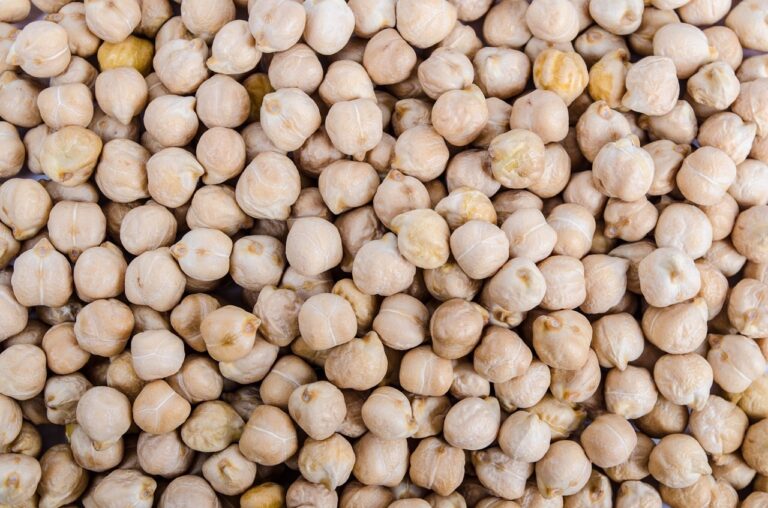Types of Emulsifying Agents and Their Impacts on Food Processing
Emulsifying agents are very important substance that helps an emulsion to become more stable. They are added to an emulsion to prevent the coalescence of the globules of the dispersed phase. There are many types of emulsifying agents and their impacts on food processing is also different.
What is an Emulsion:
An emulsion is usually a mixture of two products such as oil and water that do not mix together or that are also referred to as immiscible. By adding an emulsifying agent to the mixture, they cause the oil to be broken down into smaller pieces that can then be dispersed throughout the water. Further details on types of emulsifying agents and their impacts on food processing is given below.

This is then what becomes known as an emulsion. They are also known as emulgents or emulsifiers. They act by reducing the interfacial tension between the two phases and forming a stable interfacial film. The choice of selection of emulsifying agent plays a very important role in the formulation of a stable emulsion. Substances that are soluble in both fat and water and enable fat to be uniformly dispersed in water as an emulsion.
Emulsions are stabilized by adding an emulsifier or emulsifying agents. These agents have both a hydrophilic and a lipophilic part in their chemical structure. All emulsifying agents concentrate at and are adsorbed onto the oil-water interface to provide a protective barrier around the dispersed droplets.
In addition to this protective barrier, emulsifiers stabilize the emulsion by reducing the interfacial tension of the system. Some agents enhance stability by imparting a charge on the droplet surface thus reducing the physical contact between the droplets and decreasing the potential for coalescence. It is extremely important to know about the Type of Emulsifying Agents and their positive and negative impacts on Food Processing.
Types of Emulsifying Agents:
Emulsifying agents can be classified according to (a) chemical structure; or (b) mechanism of action.
- Classes according to chemical structure are synthetic, natural, finely dispersed solids, and auxiliary agents.
- Classes according to mechanism of action are mono-molecular, multi-molecular, and solid particle films.
Regardless of their classification, all emulsifying agents must be chemically stable in the system, inert and chemically non-reactive with other emulsion components, and nontoxic and nonirritant. They should also be reasonably odorless and not cost prohibitive.
Use of Emulsifying Agents in Baked Products and their Impacts on Processing:
Baked Products In the baking industry, the term ‘emulsifier’ is used to describe a broader group of surfactants, which includes those that are active in foams (air-in-water) and dispersions (liquid-in-solid) and in emulsions (liquid-in-liquid). Doughs and batters are complex systems that contain multiple interfacial interactions that occur simultaneously, some of which change forms as the products are heated.
Emulsifiers play many different roles in these products. Most batters and doughs contain a polar, continuous phase that consists of an aqueous (water) solution of salts, sugars, water-soluble proteins, and other solubilized formula ingredients, which can be a component of an emulsion, a foam, and a dispersion simultaneously in a single batter or dough. For example, the continuous aqueous phase may form an emulsion in which a lipid in some form (oil or solid fat) constitutes the nonpolar, discontinuous phase
Emulsifiers used in yeast-leavened bread products are also active in the solid–liquid interface (dispersion) where they function as crumb softeners and dough strengtheners. As crumb softeners, they interact with starch granules and gluten protein polymers to impart a softening effect on the crumb grain and extend the shelf life of the product. Monoglycerides are the primary crumb softener used in bread. Other common crumb softeners include DATEM, sucrose esters, and PGMS.
Dough strengtheners interact with the gluten protein and alter the rheology of the dough to produce a stronger gluten structure. Anionic emulsifiers such as DATEM, SSL, SMG, EMG, and polysorbates are good dough strengtheners. Some of the emulsifiers used in baking have only one or the other of the functionalities, while others have both. For example, SSL functions mainly as a dough strengthener, but it also plays a minor role promoting the emulsification, incorporation, and subdivision of air cells during mixing and crumb softening.
FAQ




